













































Ukrainian Avant-Garde
Avant-garde art in Ukraine was formed as the synthesis of European modernism and folk art traditions. Over 20 years of Ukrainian avant-garde, such movements as CuboFuturism, Constructivism, Panfuturism and Spektralizm were formed. The artistic avantgarde was extensive in structure and of a truly national importance.







In the late 20th century her name was included in the list of the so-called "Avant-garde Amazons."



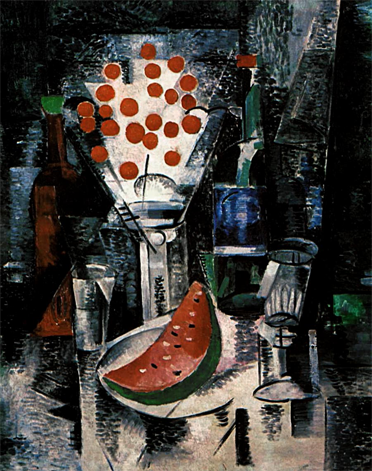




















In 1918 she founded an art studio in Kyiv, where dozens of prominent avant-garde artists worked. In 1920, Oleksandra Ekster emigrated to France after she had faced Soviet authorities’ methods of pressure on artists.
Oleksandra Ekster is considered to be a real revolutionary in scenography. She bravely violated the canons, formulated a new concept of stage scenery, designed stunning sketches of costumes for ballets and performances staged by B. Nijinska and O. Tairov.
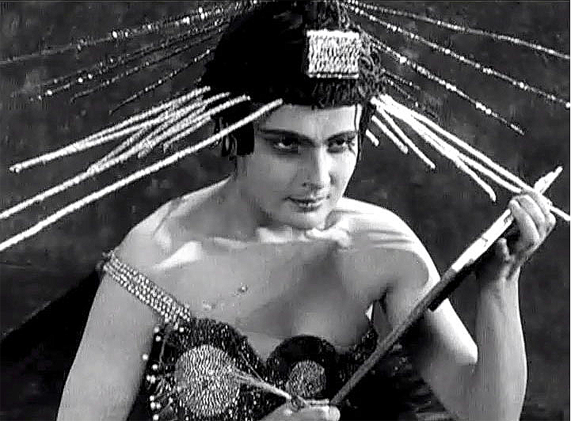





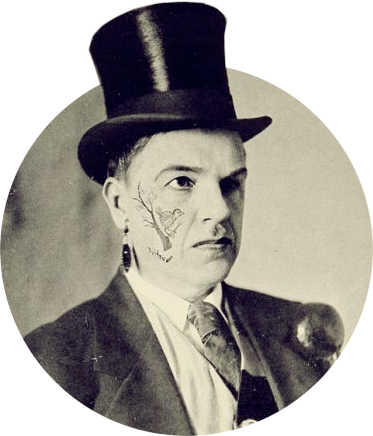


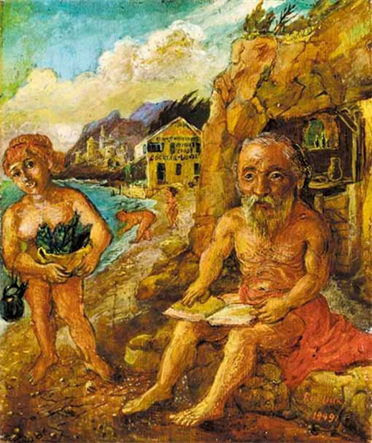




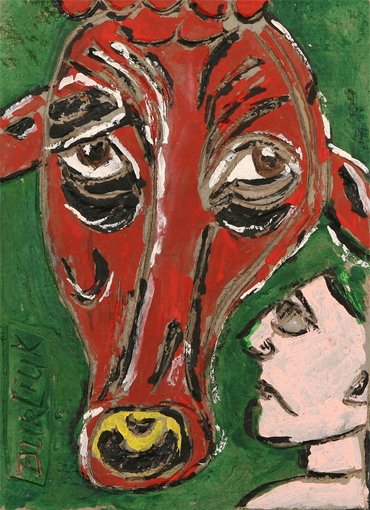

"Ukraine in my person has a true son"
David Burliuk
He got through an astounding amount of work.He described his artistic temperament as follows:
"When I am painting, I feel that I am a savage who is rubbing two sticks of colors together to get a color effect. The effect of blazing…"
He joined the Germanic group Blue Rider, became one of the leading Russian Futurists, toured with exhibitions around Ukraine, Russia and Japan.









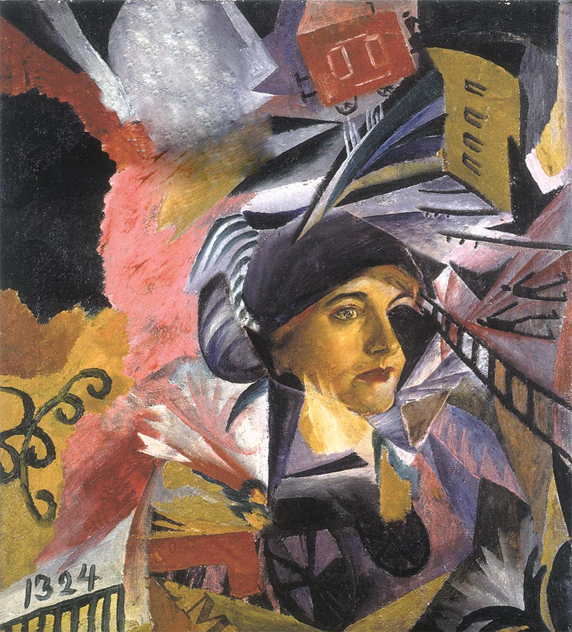
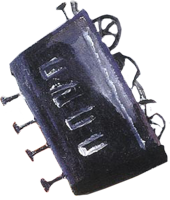



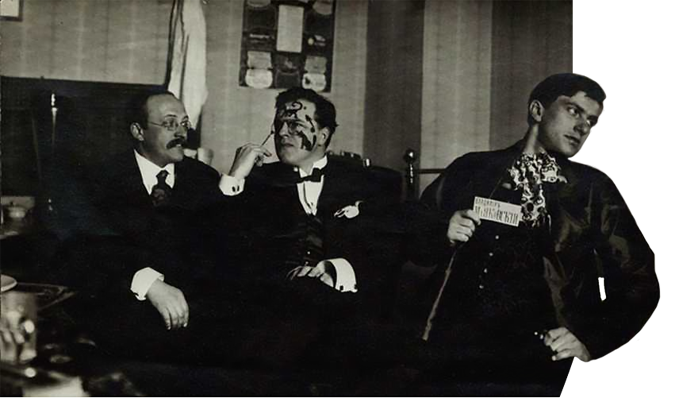





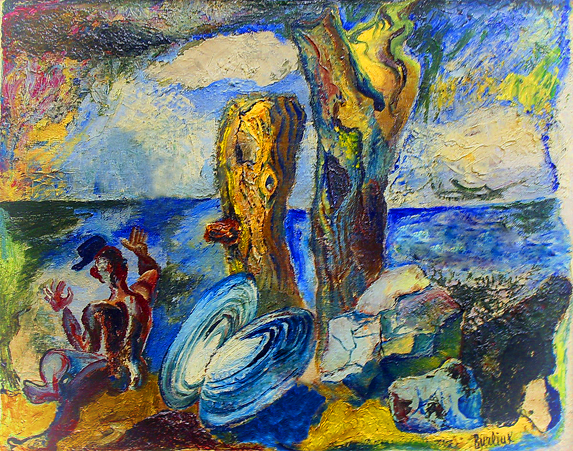
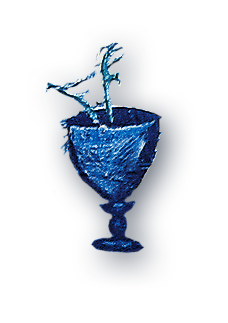

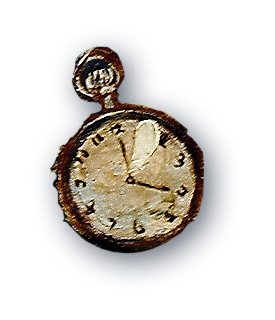

Ukrainian futurist artist,
poet, art theorist.
Andrei Shemshurin, David Burliuk, Vladimir Majakovskij
"He wears parti-coloured trousers, his cheek is made up. He is like a poster on the stage or in the crowd," - recalled poet Aseev.



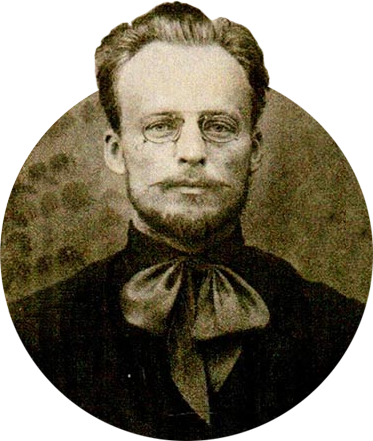


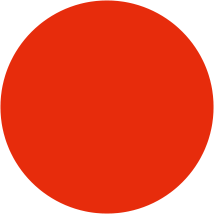
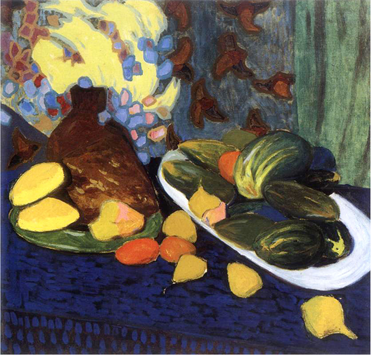

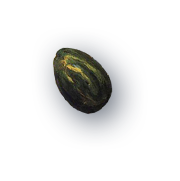
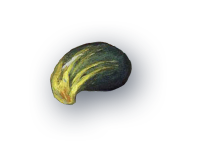








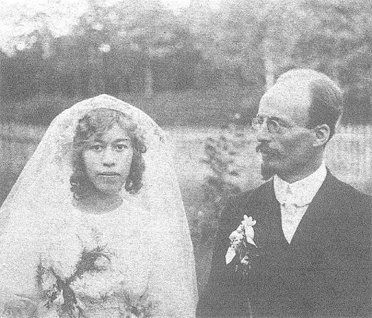

He became one of the leaders of Ukrainian avant-garde.
Oleksandr Bohomazov was given the proud name of
“Ukrainian Picasso”
during his life
Together with Vanda Vitoldovna Monastyrskaya, who became his faithful companion for the rest of his life.







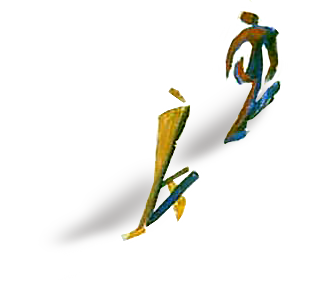




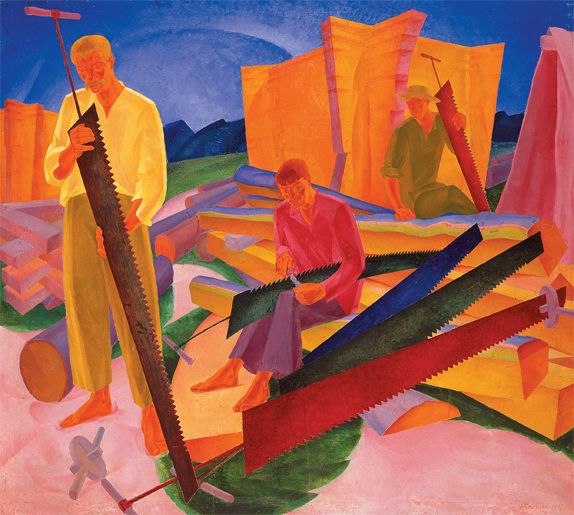

Artist with incomplete secondary art education, whose unique talent and diligence
brought him up to the level of the most prominent representatives of the European avant-garde.
"The greatness of Bohomazov’s art is the greatness of the highest craftsmanship. Unique in a sense, Bohomazov’s works are worthy to occupy a prominent place in the history of futurism."
French art historian A. Nakov














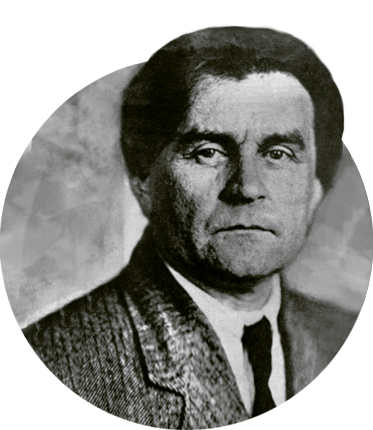





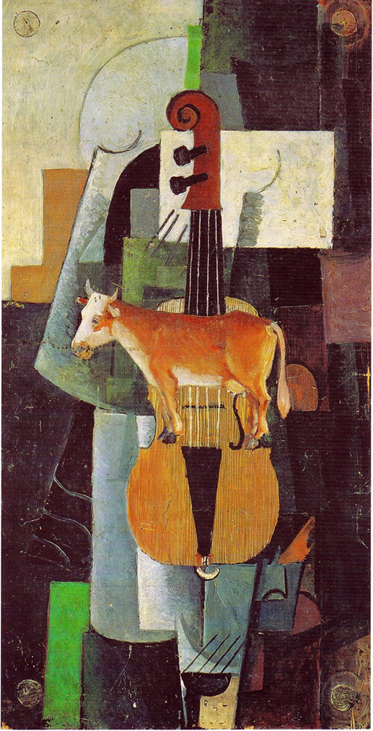
"I extracted the infinity of space from my brain..."
Kazymyr Malevych
The future genius lived in Ukrainian villages till the age of 16. He received his first impressions from village painting, and they remained with him for life.









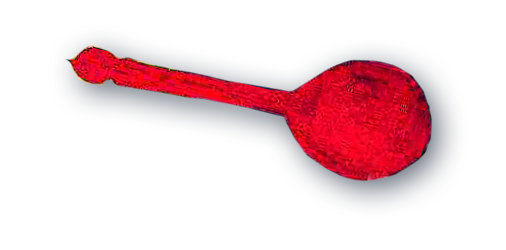
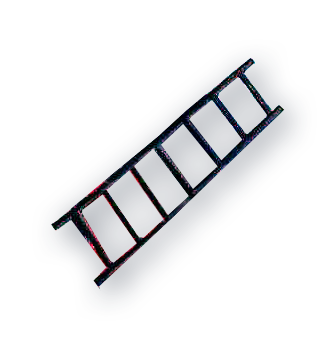





Artist and pioneer of the geometric abstract art and avant-garde Suprematist movement. All his work as a painter, sculptor, architect, teacher and theorist is pure magic.
Wherever he appeared - in Moscow, Vitebsk, St. Petersburg or Kyiv, Malevych enchanted the folks about him with his charisma."Suprematism" created by him was in line with the most famous trends of global modernism.







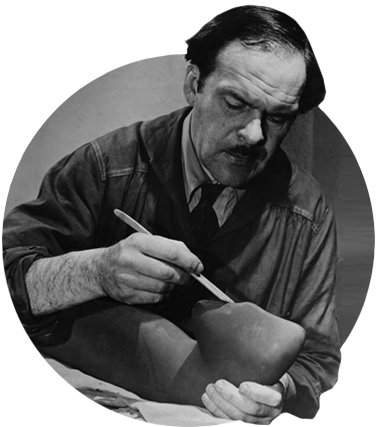



Sculptor and artist, one of the pioneers of Cubist sculpture.
The inventions of the Ukrainian artist also include a mechanical sculpture (he named this technique "arkhypentura") and the use of void as the basis for a sculptural form.
"A man draws energy and ideas from cosmic creative power and develops his creativity to the maximum degree, where spirit and matter join together."
Oleksandr Arkhypenko





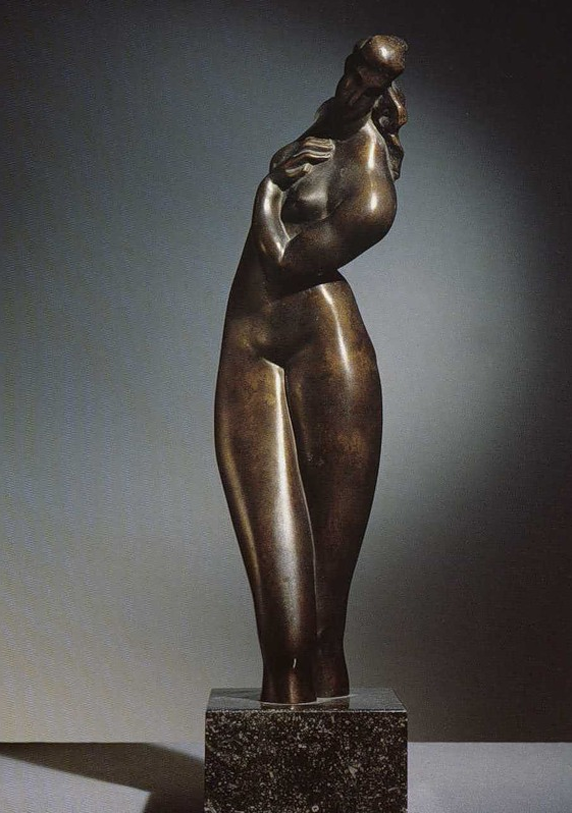

He attended the Kyiv Art School for three years, and as he himself admitted, he learned more neither in Moscow nor in Paris. His living nature, original artistic talent and ambitions brought him into the circle of Parisian Cubists, where very soon he became a prominent figure and was nicknamed "Restless".













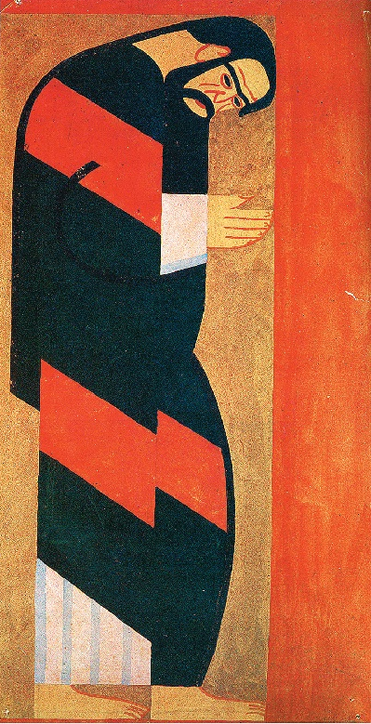

Artist, theater and book illustrator.
Petrytskyi’s talent was highly appreciated abroad. The album "Theatrical costumes by Petrytskyi", published in 1929 in Kharkiv, were purchased by P. Picasso for his library.





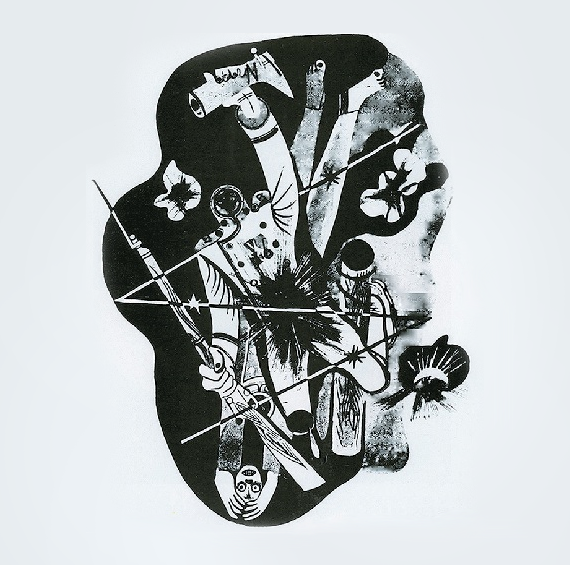










Petrytskyi’s talent was universal: he was a success both in a realistic manner and radical avant-garde. Being a brilliant painter, the artist gave the main power of his talent to scenography.
"Give me a bucket and a broom, and I will decorate a play"
Anatoliy Petrytskyi
"In the central hall of the pavilion a Ukrainian AnatoliyPetrytskyi overshadows everyone; he surpasses most of his mates..." - wrote one of the most respected Italian newspapers “Popolo di Roma".










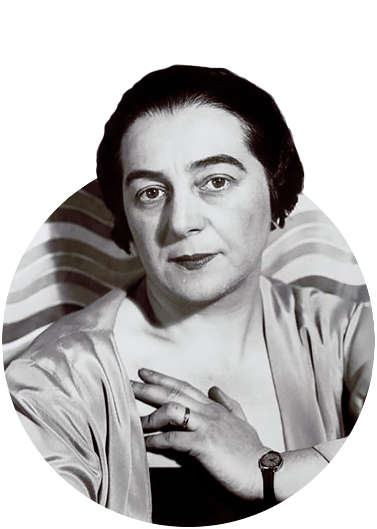







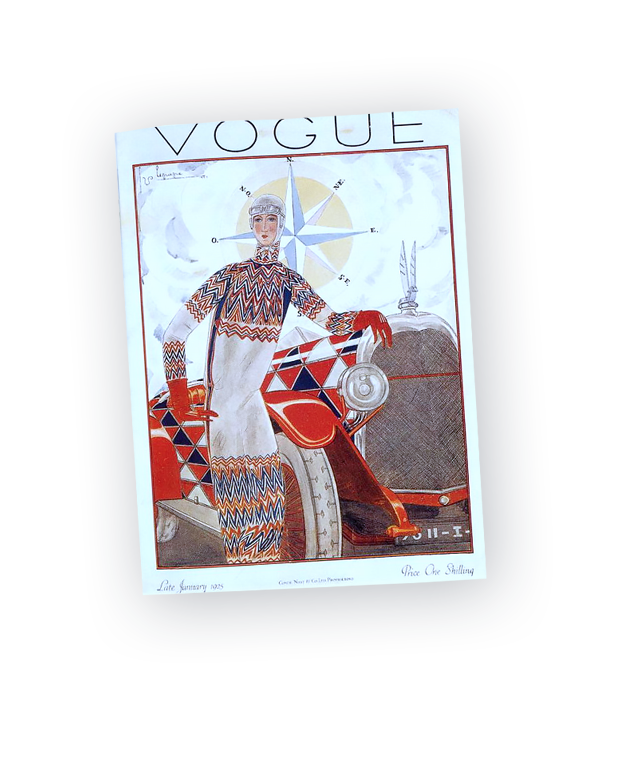


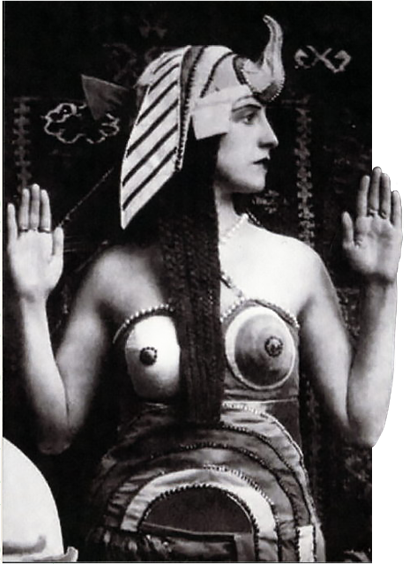
Ukrainian-bornartist, cofounded the Orphism art movement.
Realites Nouvelles, a salon which she founded in 1939, is still functioning.
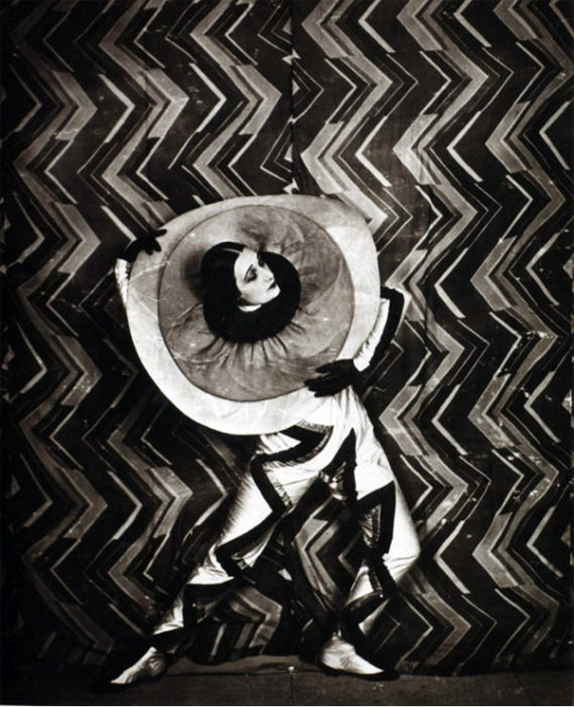

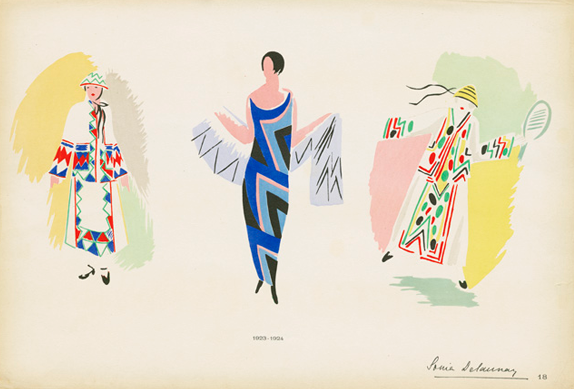

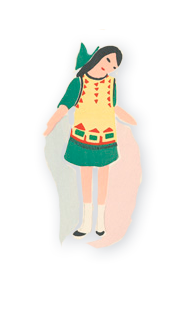
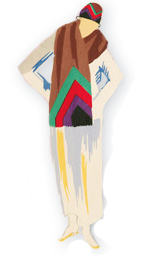





Born in a small town in Poltava region. Sonia Delaunay became known as a book illustrator, designer of cloth patterns, theatrical costumes and scenery, and even as a master of car tuning.Sonia was educated in the academies of Karlsruhe and Paris.
Throughout history, she was the first painter, who had the honor to hold a solo exhibition at the Louvre. In 1975 she was awarded the Order of the Legion of Honor.





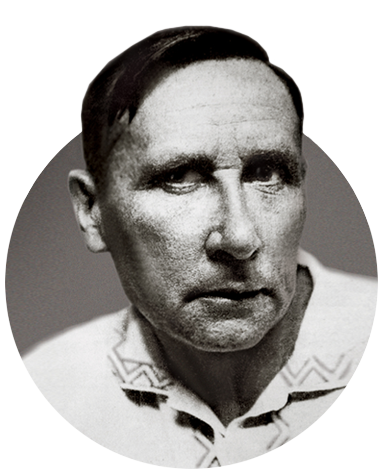





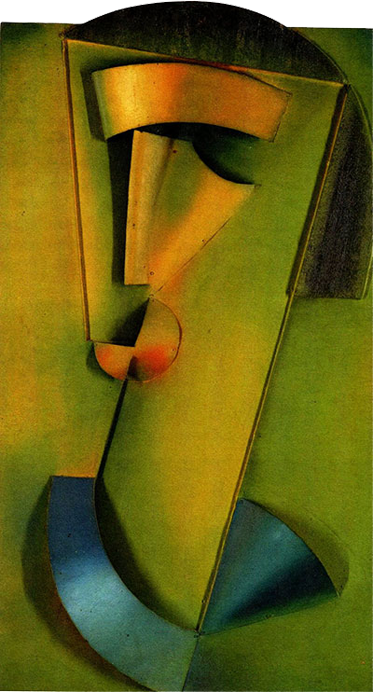




He was a versatile artist and a tireless experimenter, who could do everything with pencil and brush, and he also constantly designed and constructed as an engineer and a craftsman.Today his name is among the internationally renowned representatives of constructivism.
His major works of the later period included interior design of the Kharkov Palace of Pioneers, Ukraine pavilion at the exhibition in Moscow, the Theatre Museum.
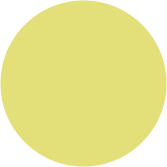



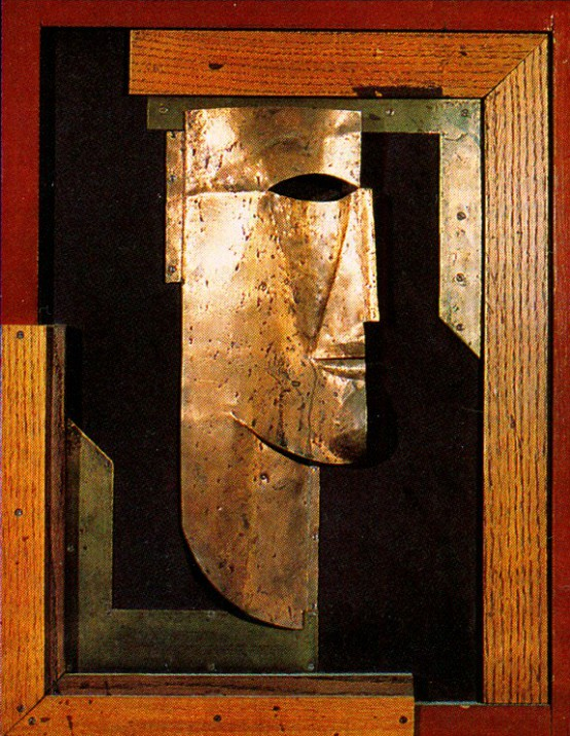




Yermylov’s life, like all avantgarde artists’ who remained in the Soviet Union and survived Stalinist repressions, is divided into two clearly differentiated parts: before the prohibition of modernism and after.





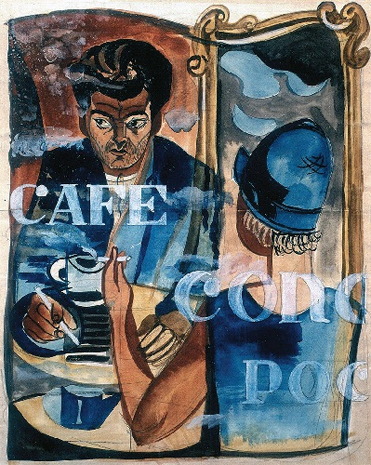
AnatoliyPetrytskyi left a portrait of Semenko, which depicts the first Ukrainian futurist more accurately than his numerous photos: shrouded in smoke of his permanent pipe, with his "brand" ruffled hair behind the cafe glass with a lady.Yes, it’s he, dressed with careless elegance, a cafe frequenter, a hotel traveler, a poet who is not fit for smooth life.





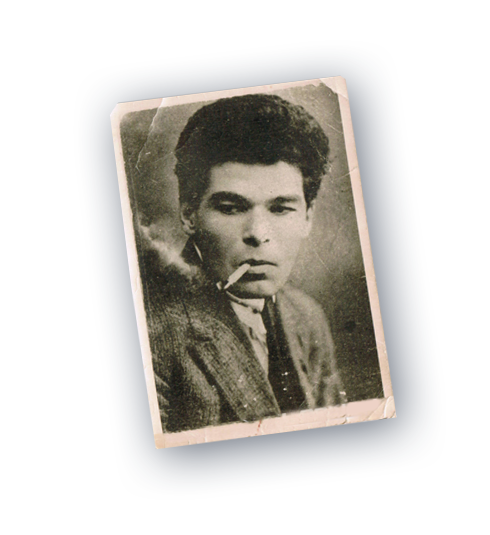

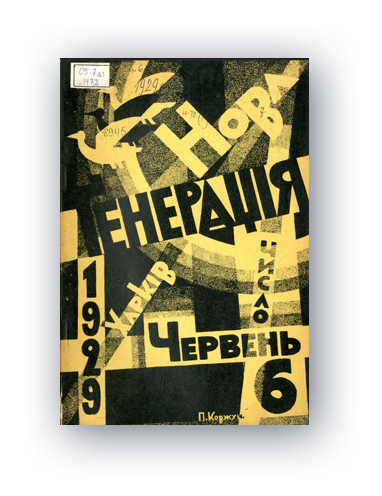
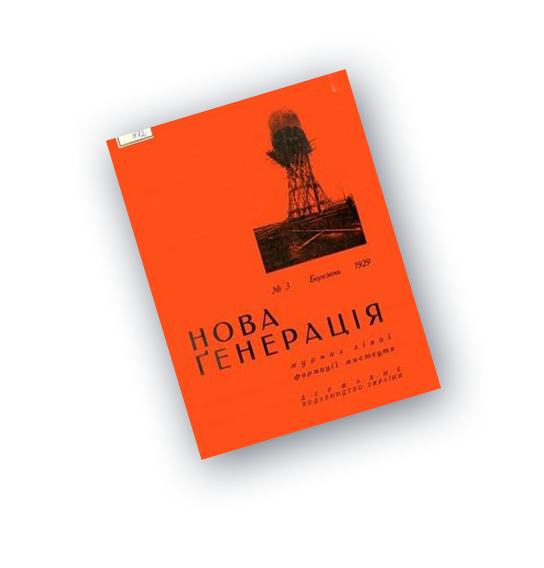
Poet and member of the Executed Renaissance; pioneer and theorist of Ukrainian Futurism.
Semenko’s most powerful project lasted from 1927 to 1932 when he published the magazine "New Generation", around which he united the most radical forces of Ukrainian avant-garde.



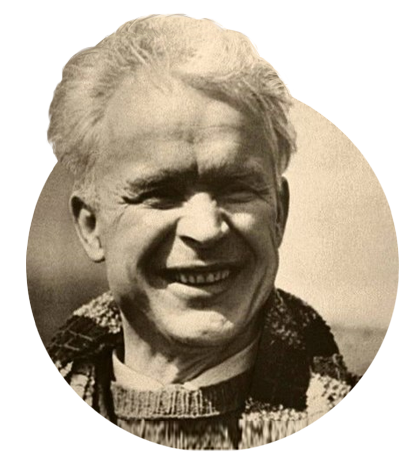
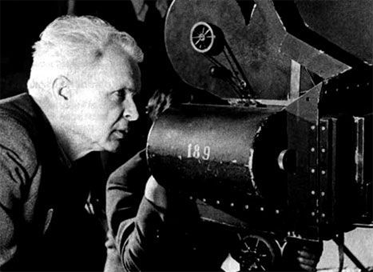











OleksandrDovzhenko’s life was full of paradoxes and tragic conflicts of Shakespeare's scale. The Bolsheviks did not destroy him physically, like other avant-garde representatives, but they did not let him live either. He passed all stages of losing illusions about Communism and its real purpose, so that eventually he died in his own country as if in a foreign land.
Italian filmmakers called Dovzhenko "Film Homer". In 1958 it was included in the 12 best films in movie history.
"EARTH", 1930




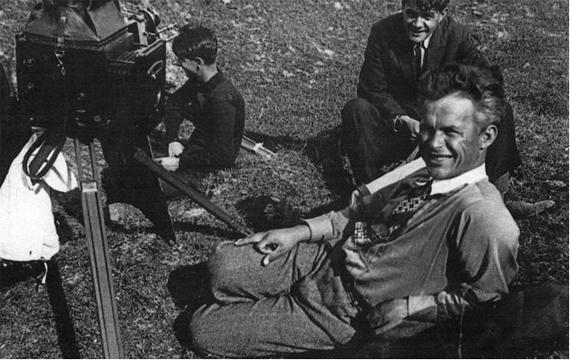




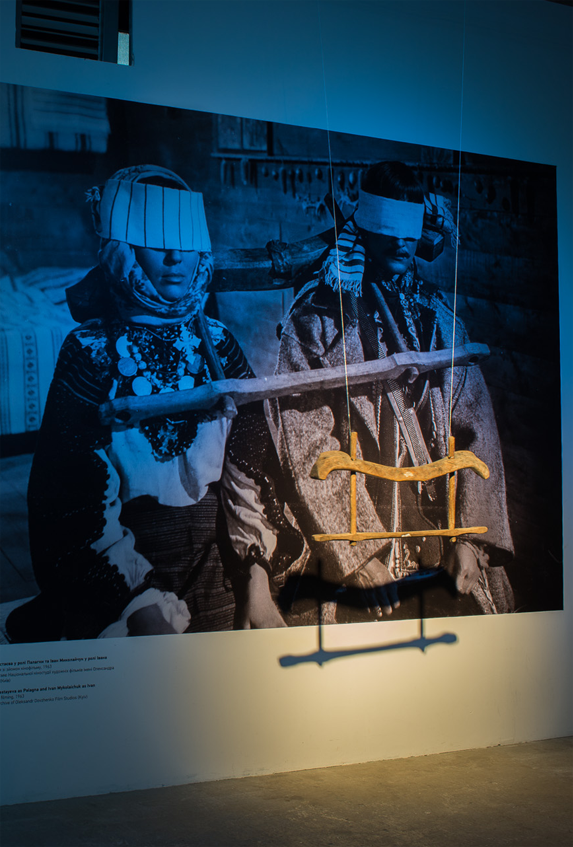
Ukrainian writer, filmmaker, screenwriter and artist.
In 1930, Dovzhenko’s most famous film - "Earth" - was released after numerous censorship barriers. In Kyiv it was closed 9 days after the premiere, but in Europe it was a huge success.
The greatest Ukrainian movies filmed at O.Dovzhenko studio
"Shadows of Forgotten Ancestors" exhibition, 2016










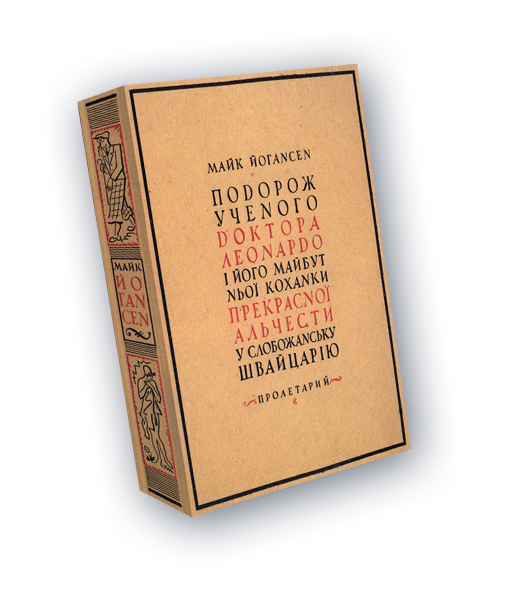


Poet, screenwriter, linguist, novelist, author of books on grammar, poetics, dictionaries, and translator.
The peak of his poetic prose and prosaic poetry was the novel "The Travels of Scientist Dr. Leonardo and his Future Lover the Beautiful Alchesta to Slobidska Switzerland" (1930).




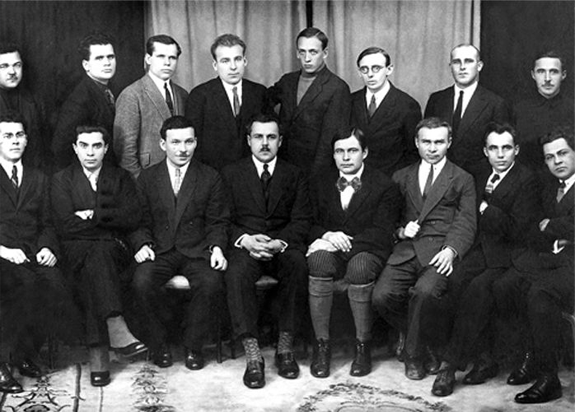






Critics called him the "poet of sensible intellectualism" and "jeweler of form".
Together with V. Ellan, M. Khvylovyi, P. Tychyna, V. Sosyura, he wrote the first Manifestos of "Ukrainian proletarian literature", published anthologies, founded the first organization of Ukrainian proletarian writers "Hart" ("Hardening") (1922).
Like most avant-garde representatives, who initially believed in the Bolsheviks’ messianism, Johansen quickly realized his mistake. Some ambiguous codes appeared in his poetry and prose, like, say, "dead mallard" - an image of anonymous brutal force that destroys all living things.





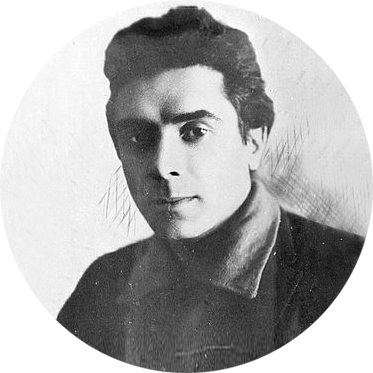







Ukrainian writer, poet, publicist, one of the pioneers of Ukrainian post-revolutionary prose.
Young writers created the Free Academy of Proletarian Art (VAPLITE) as an independent literary organization, and Khvylovy became its leader. Then he wrote a series of pamphlets in which he formulated the main slogans: "Away from Moscow" and "Europe – our orienting point".









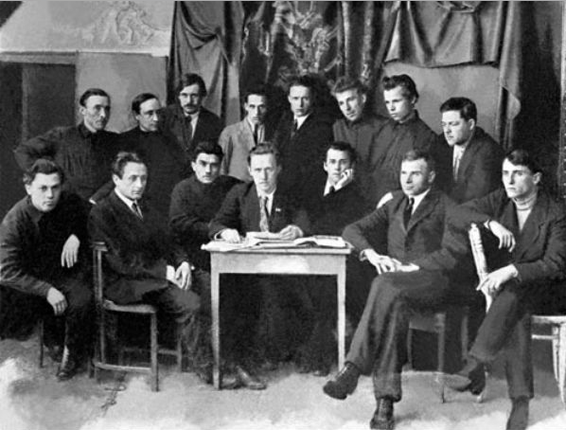
His short life is a tragic example of a clash between the romantic illusions of Ukrainian intelligentsia and the cynicism of Stalin's national policy.
His first prose collections "Blue Etudes" and "Autumn" were highly appreciated by authoritative critics. However, in Moscow these works were perceived as hostile, and the novels "Woodcocks" and "Iroida" were confiscated after the first part had been published.











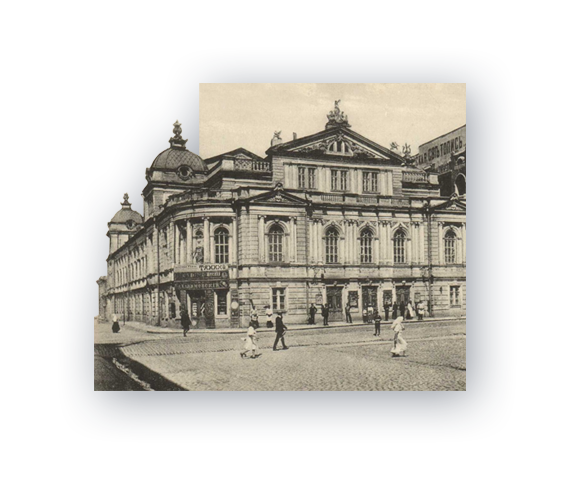



Ukrainian filmmaker, actor, theater theorist, playwright, publicist and translator.
Such plays as "People’s Malakhii", "Myna Mazailo" and "Maklena Grassa" made a stir. Dramaturgy and scenography of these plays have become classics of the avant-garde theater.




























Kurbas showed his organizational talent for the first time in Ternopil, where he founded a permanent theater and made his debut as a director of "Natalka Poltavka." It was there that the leader of Ukrainian stage Mykola Sadovsky saw him and then invited to his theater.
In 1926, the People's Commissariat of Education of Ukraine decided to move "Berezil" as the best theater to the then capital of the republic - Kharkiv. It was there that Kurbas invited playwright M. Kulish and artist V. Meller to cooperate.







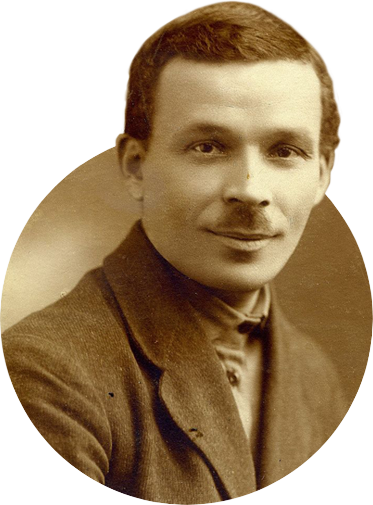



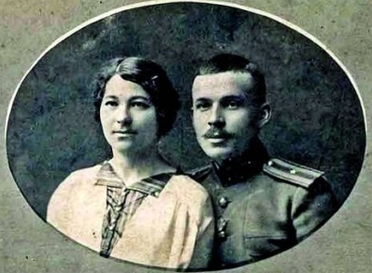




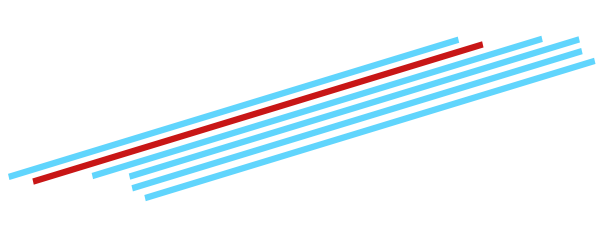

Ukrainian prosaic, drama writer, pedagogue, He is considered to be one of the lead figures of Executed Renaissance.
Overall, Kulish’s creative method is based on rejecting old forms of Ukrainian drama and condemnation of inferiority complex.

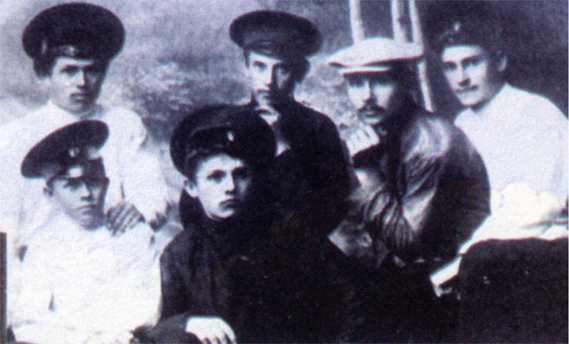









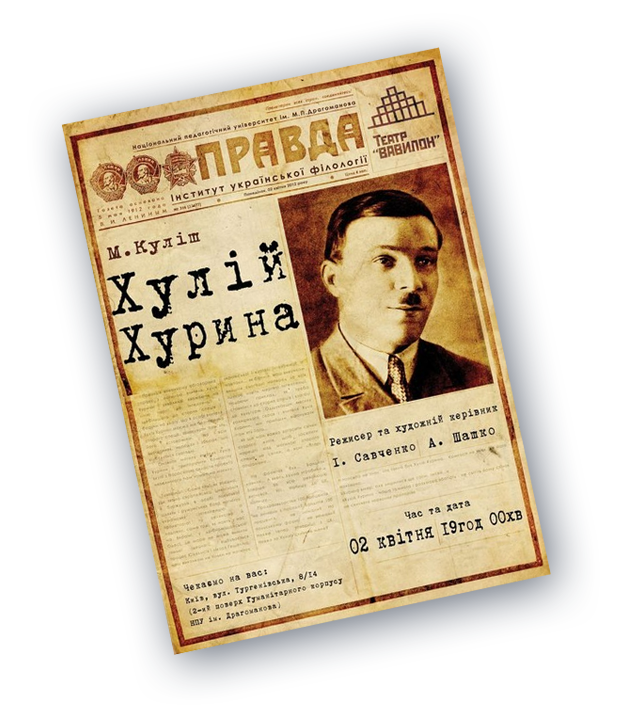
The playwright formed a unique genre of tragicomedy in which Moliere’s sarcasm merged with Gogol’s mystification, while pictures of social absurdity were nationally colored.
In his play Khuliy Khuryna, Kulish openly mocked the Bolsheviks’ passion for ideological fetishes. The censorship, which had initially allowed the performance, closed it with the following remarks, "an apparent lampoon of the Soviet party apparatus in Ukraine", "Soviet Ukraine is presented as a downright madhouse."










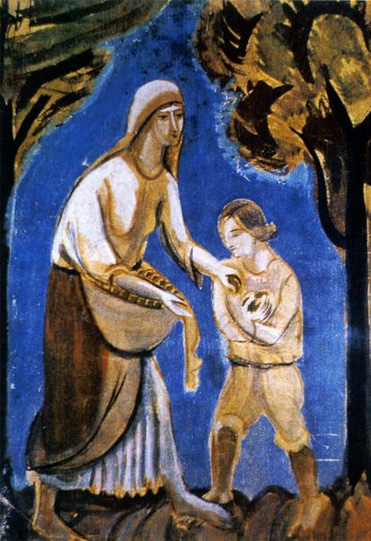



Ukrainian artist, monumentalist painter, founder and leader of Boychukism movement.
Boychuk’s tragedy was his sincere belief in the collective nature of art and its educational impact on the masses.









MikhayloBoychuk takes a special place in the 1930s Ukrainian avant-garde art. Using the artistic techniques of the monumental painting of the early Renaissance and Byzantine periods, he combines them with formalist experiments of modernist art, creating original school of Ukrainian monumentalism.
Boychuk championed collective creativity in arts. Eventually, talented artists grouped around him and worked on the principles of a Renaissance bottega. The decisive factor was not that they were his students in the academic workshop but the master’s powerful energy, his conviction and a clear artistic concept. No wonder this artistic community was called the Boychuk’s school, although formally it was not registered.








